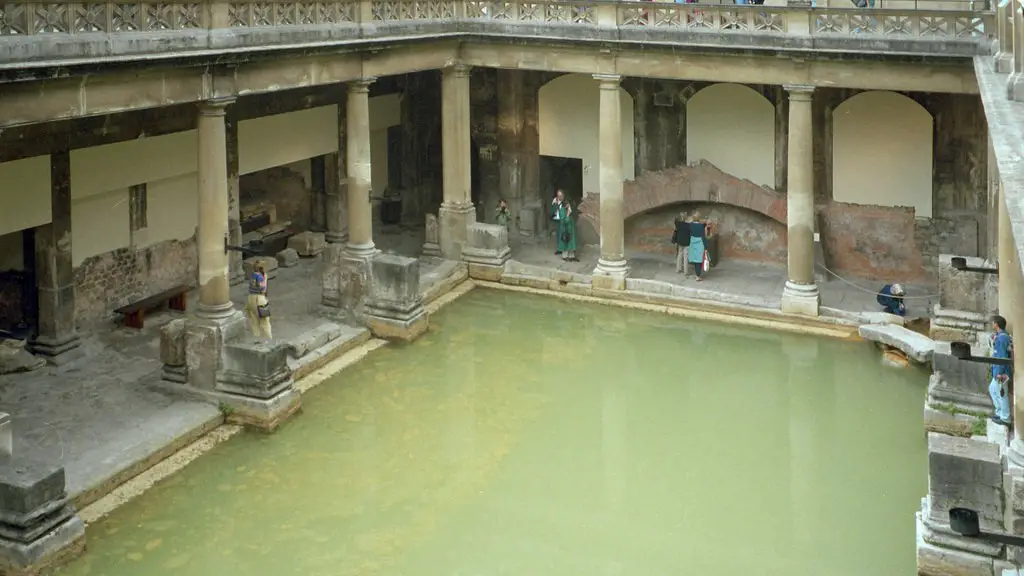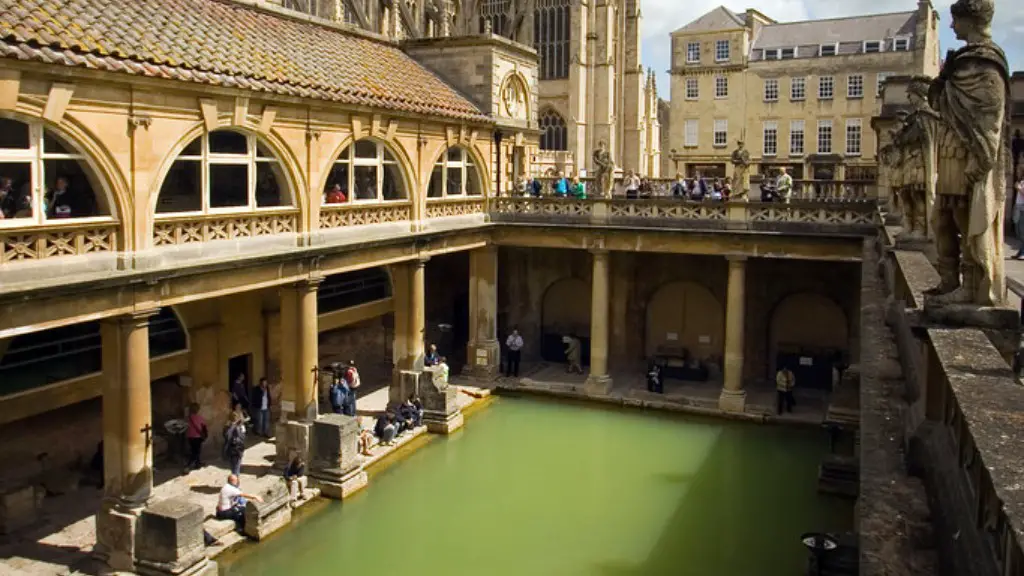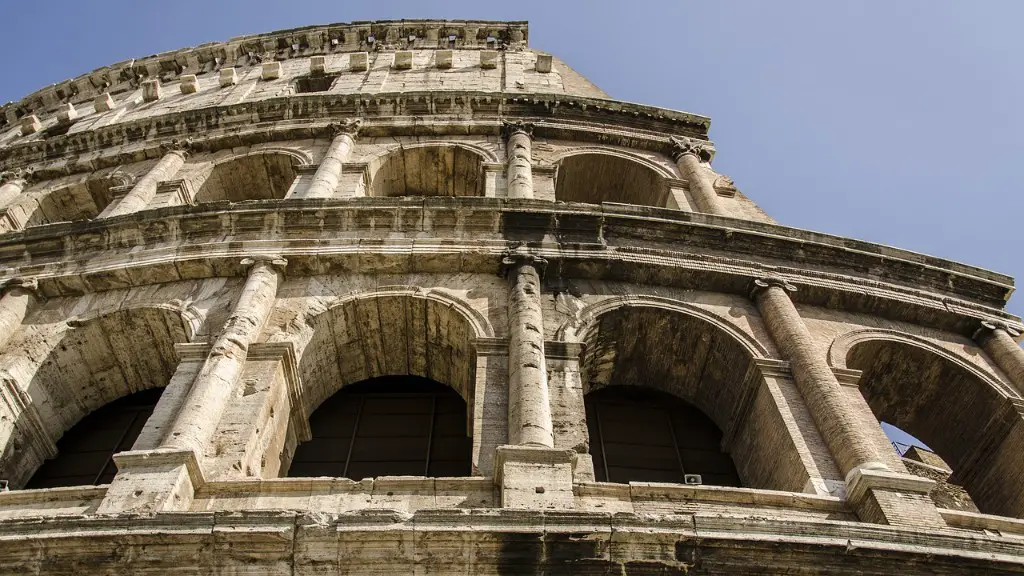Their Diet
The ancient Romans ate a mostly vegetarian diet, consisting of grains, fruit, vegetables, and herbs, with small portions of meat and fish. Bread, cereals, and legumes were the mainstays, but fruits and vegetables supplemented the diet. The Romans had access to different types of food unavailable in today’s diets, such as wild boar, dormice, and various fish species. Their diet also included olives, onions, garlic, and other greens.
Of their seafood, the Romans were especially fond of oysters, mussels, sea snails, and even dolphin, to name a few. For meat, they did have access to pork, lamb and goat, as well as wild boar. Beef and chicken were consumed but rarely, as they were expensive (and eaten by the wealthy). Cheese was also popular and was featured in salads and some sweet dishes.
The Romans introduced several cultivated vegetables, many of which remain staples today: artichokes, broccoli, onions, leeks, garlic, and fennel, a major ingredient in sauces and soups. They also had access to more exotic vegetables, such as skirret and sea kale. Fruits like apples, pears, apricots, cherries, and grapes were all enjoyed by the Romans, who also ate wild berries. Nuts and honey were also popular.
Types of Dishes
Unlike today, where meals are generally eaten separately, the Romans often ate several dishes at once. This was served in the form of a ‘cena’, a large and luxurious dinner. Food was cooked in pots, stewed in sauces, or roasted on spits. They also baked a variety of breads, cakes, and biscuits.
Many foods that are considered luxury items today were probably accessible to most citizens in the Roman Empire. Foods such pancakes, cheeses, honey cakes, and sausages were all available, as well as sweets, dried fruit, and nuts.
The Roman gourmets did not shy away from either exotic ingredients or clever presentation. They sometimes served dishes in the shape of animals, such as a dolphin made from eggs and cheese. They also ate large fish, such as sturgeon and salmon, stuffed with spices and herbs.
Food Preparation
In Roman households, the head women was in charge of meals and food preparation. Once the food was obtained from the market, the head woman – or often one of her servants – would create a variety of dishes for the cena. Spices and herbs were the main ingredients for seasoning, and many dishes contained wine or honey for sweetness.
The Romans also used many dairy products in their cooking such as cheese, milk and butter. The most popular of these was cheese, which was often added to salads, sauces and stews, as well as desserts.
Religion and Food
The ancient Romans often believed that food was a form of offering to their gods. Every meal began with an offering to the gods and a prayer, and some foods were forbidden during religious festivals. They also celebrated certain holidays with special meals intended to honor their gods.
In addition to religious holidays, the Romans also celebrated birthdays and weddings with special feasts. At such banquets, it was common for guests to indulge in eating, drinking, and entertainment.
Food Culture
The Romans believed that food was to be enjoyed, not just eaten. Food practices were an integral part of Roman culture, and Roman households would often have elaborate meals, served in multiple courses. At the peak of the Roman Empire, some households even had slaves dedicated to preparing extravagant meals.
Roman gatherings often included entertainment, such as poetry readings and music. Their cuisine was also sophisticated in presentation and execution. The Romans also had a varied and sophisticated palate, which added to their love for food.
The Social Aspect of Dining
In Roman culture, dining was seen as an opportunity to socialize. Weddings and other special events included banquets, during which the guests were served course after course of food. This custom allowed the guests to enjoy a variety of flavors and textures, and to explore the culinary range of Roman cuisine.
Additionally, dining provided an opportunity for socialize and discuss politics, philosophy, and other topics. The Romans enjoyed sharing opinions and ideas during their meals, and most used it as a time to converse and debate freely.
The Legacy
Today, it is easy to see the influence of the Roman cuisine on modern cooking. Many popular dishes, such as pasta, are derived from Roman recipes. The Romans were also creative in their use of spices, herbs, and other ingredients, something that continues to inspire and inform modern chefs.
The concept of the cena is also still alive today, in many dining traditions such as the formal dinner party. Whether at a formal occasion or an informal gathering, we still have the opportunity to come together to socialize and enjoy a variety of flavors.
Food Technology
The Romans were also pioneers in food technology, experimenting with new and innovative ways to preserve and cook their food. This includes the invention of the kitchen range, ovens, and improved methods for bread-making.
The Romans also developed advanced methods for salting, curing, and smoking meat, one of their most popular preservation methods. They even experimented with artificial aging of meats, something still used to this day.
Dining Out
Dining out was a popular pastime in the Roman Empire, with many citizens frequenting local taverns and inns. These establishments served food and sometimes drinks, with menus often featuring Roman favorites such as cheese, bread, olives, and various vegetables, as well as dishes with a wide range of flavors.
The Romans also developed the concept of fast food, with stands that sold food and snacks such as pies and pastries. These stands were popular among citizens and provided them with quick and convenient food options.
Conclusion
The ancient Romans had an impressive and sophisticated cuisine, influenced by their surroundings and cultures from around the world. From the more exotic dishes to the everyday staples, Roman cuisine was varied and full of flavor.
The legacy of Roman cuisine lives on in modern cooking and dining practices, with many popular dishes, preparations, and ingredients having their origin in Roman cooking. The Romans also developed and pioneered a variety of food technology, still used today.


